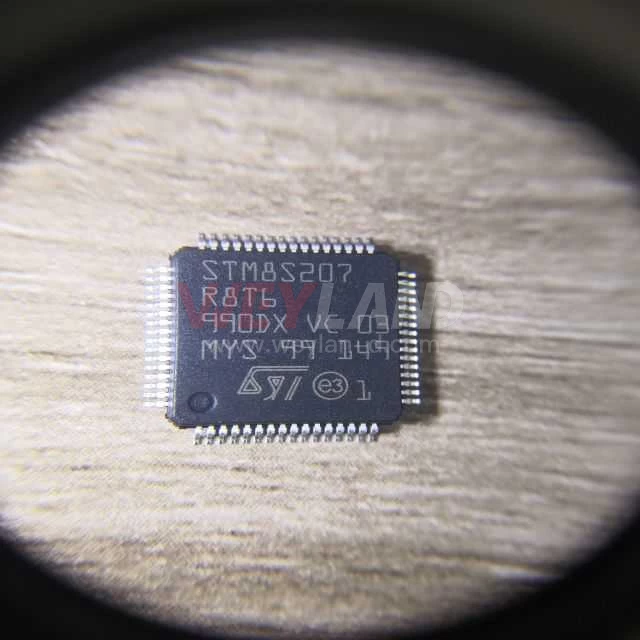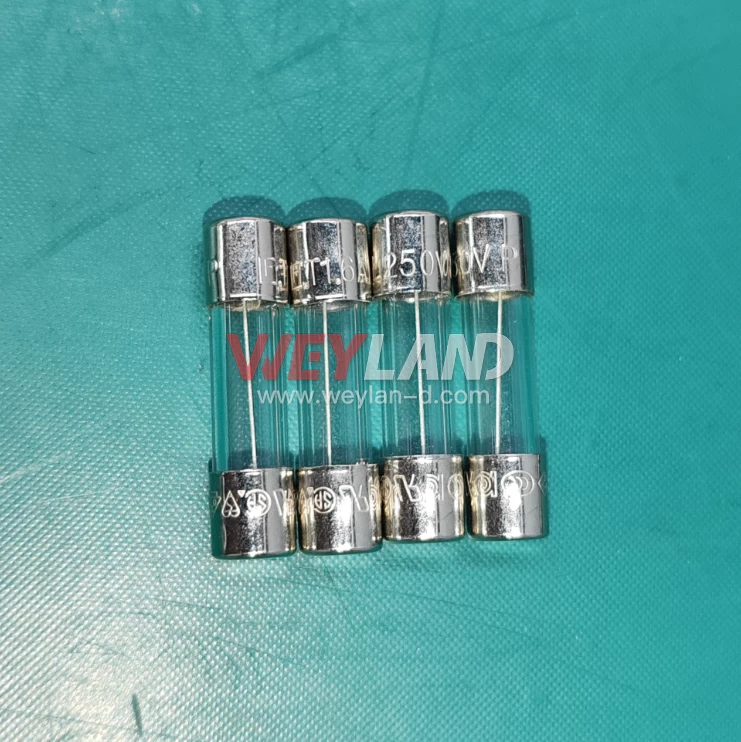



Ethernet chip localisation rate how much normal
With the continuous development of China's information technology and electronics industries, especially with the rapid expansion in fields like network communication, the Internet of Things (IoT), and industrial control, Ethernet chips, as core components of network communication, have gradually become an important support for technological innovation and industrial upgrading. In particular, the increasing strength of the domestic semiconductor industry has accelerated the process of Ethernet chip localization. So, what is the current localization rate of Ethernet chips? What challenges and opportunities exist in this process?
1. Current Status of Ethernet Chip Localization
According to market research reports and industry analyses, the localization rate of Ethernet chips in China has significantly increased over the past few years, particularly in the low-end and mid-range markets. However, in the high-end sector, especially for high-speed Ethernet chips (such as 10G, 25G, and higher bandwidth chips), the localization rate remains relatively low.
1. Breakthroughs in the Low-End and Mid-Range Markets:
In recent years, with the increased R&D investment by domestic semiconductor design companies such as ZTE Microelectronics, Huawei HiSilicon, Rockchip, and Allwinner Technology, the localization of low-end and mid-range Ethernet chips has gradually advanced. In particular, in the areas of Gigabit Ethernet (1GbE) and 10 Gigabit Ethernet (10GbE), some domestic companies are already offering mature chip solutions, which are widely used in enterprise networks, home networks, IoT applications, and more.
2. Challenges in the High-End Market:
In the high-end Ethernet chip market, especially for high-speed Ethernet switches and network processors (NPU) used in data centers and cloud computing, reliance on imports remains strong. The dominant Ethernet chip manufacturers globally come from the United States, including companies like Intel, Broadcom, and Mellanox, which have strong technological accumulation and market share. Despite the progress made by domestic companies in high-speed chip development, due to high technical barriers and long R&D cycles, domestic chips have yet to fully replace imported products in this market.
2. Reasons for Low Localization Rate
Although significant progress has been made in Ethernet chip development in China, there are still several challenges hindering further improvement in the localization rate:
1. High Technical Barriers:
The design and manufacturing of Ethernet chips, especially high-speed Ethernet chips, involve complex semiconductor processes, communication protocol stacks, and hardware architecture technologies. Domestic R&D cycles are longer and require substantial financial investment. Compared to international advanced levels, domestic chips still lag behind in terms of performance, stability, and compatibility.
2. Incomplete Industrial Chain:
Chip development not only requires support in design and process technologies but also needs a well-established manufacturing, testing, and packaging industrial chain. Although China has made significant breakthroughs in chip manufacturing and packaging, for high-end Ethernet chips requiring specialized processes (such as 7nm and 5nm nodes), there is still a heavy reliance on international vendors, and domestic production capacity has not fully matched this demand.
3. Market Demand Differences:
Although progress has been made in some mid- and low-end markets, the demand for high-speed Ethernet chips in data centers, cloud computing, and other fields is relatively complex. High-speed Ethernet chips require strong data processing capabilities, low latency, and high bandwidth characteristics. The domestic technology reserve in these areas is relatively weak, leading to continued dominance of imported products.
3. Opportunities in the Localization Process
Despite the challenges, there are also significant opportunities for Ethernet chip localization in China:
1. Policy Support:
With the increasing emphasis and support for the semiconductor industry from the Chinese government, favorable policy measures have been frequently introduced. For instance, the government has provided substantial funding for the independent R&D of core technologies, which has promoted technological breakthroughs in key areas such as Ethernet chips. At the same time, the procurement and application of domestic chips have gradually become a priority for Chinese enterprises and government departments, further accelerating the market penetration of domestic chips.
2. Growing Market Demand:
The rapid development of emerging industries such as IoT, 5G, smart manufacturing, and artificial intelligence has driven a massive demand for Ethernet chips. These industries require Ethernet chips with characteristics such as low power consumption, high bandwidth, and low latency. As domestic technology continues to progress and innovate, there is great market potential for domestic chips in these fields.
3. Technological Innovation Driving Progress:
Domestic chip design companies have been making continuous breakthroughs in technological innovation, particularly in fields such as network protocols, switch chips, and network processors. Some companies have gradually mastered core technologies in these areas. For example, Huawei HiSilicon’s network chips and Rockchip’s IoT chips have gained good market responses. These technological accumulations provide a solid foundation for improving the localization rate of Ethernet chips in the future.
4. Conclusion
In summary, China has made significant progress in the localization of Ethernet chips in the low-end and mid-range markets, but a substantial technological gap remains in the high-end market. As China’s semiconductor industry continues to grow, technological innovation advances, and policy support intensifies, it is expected that in the coming years, domestic Ethernet chips will achieve breakthroughs in more fields, and the localization rate will gradually increase. However, to truly achieve technological independence and global market competitiveness, further investment in R&D is needed, the industrial chain must be improved, and core technological barriers must be overcome.

Please contact us if the source is mislabeled or violates your legal rights.
We will promptly correct and delete, thank you.










.9246509.png)












[email protected]
7500A BEACH ROAD #04-307 THE PLAZA SINGAPORE (199591)
RM 705.7/F.FA YUEN COMM BLDGNO.75-77.FA YUEN STREET.MONGKOK.KLN.HONG KONG
